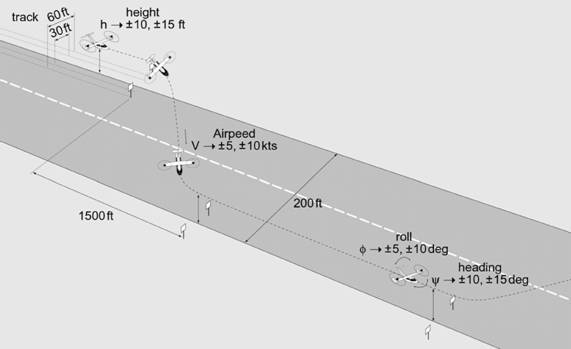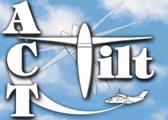| |
||||||||||
| THE DEPARTMENT OF FLIGHT SCIENCE AND TECHNOLOGY | ||||||||||
| Department of Engineering | Flight Science and Technology | ||||||||||
|
||||||||||
Level 1/2 Handling Qualities Definition Figure 1 - Roll-Step Mission Task Element and Performance Criteria Developed For the CTR A Civil Tilt-Rotor (CTR) will be certified according to Civil Aviation Airworthiness regulations, where handling qualities are considered critical in terms of passenger and crew safety and will have a strong influence on the design process of a future CTR. The development of a tilt-rotor handling qualities design guide is a unique and challenging task, requiring the merger of existing fixed wing and rotary wing criteria within one specification. In addition, a third flight condition, the conversion mode, has to be considered and must be harmonised with the other flight modes. The ACT-TILT project aims to contribute to the development of such a handling qualities design guide, focusing on the requirements to achieve Level 1 handling qualities in a good visual environment, with undivided pilot attention. The design guide will be based on the philosophy and structure first introduced in ADS-33, which is based on a mission orientated approach, beginning by defining the required operational envelope and environment, develop Mission Task Elements (MTEs), Useable Cue Environments, response types and will finally considerer response characteristics. The University of Liverpool is responsible for the ACT-TILT contribution to the conversion mode handling qualities section of the design guide. |
Project Co-ordinator: Eurocopter France
Project Partners: Agusta DLR Eurocopter Germany Glasgow Caledonian University FHL Liebherr-Aerospace Liverpool University NLR ONERA Teleavio Westland Helicopters Limited
|
|||||||||


